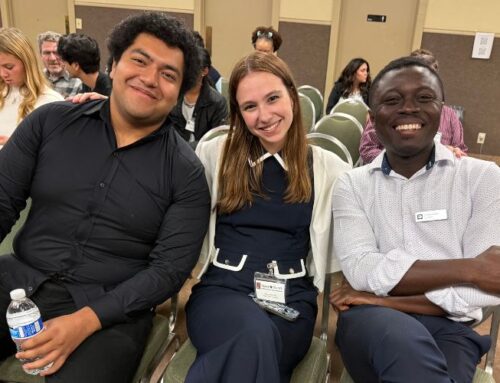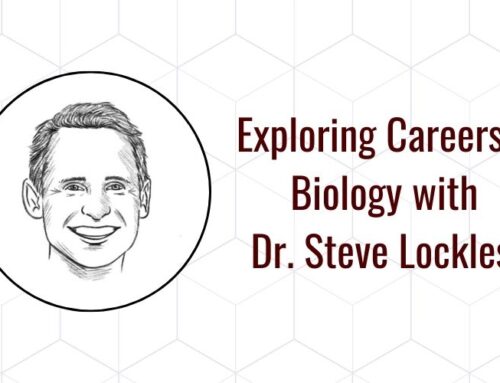Groundbreaking Studies Reveal Key Insights into Parasite Life Cycle Evolution
By: TAMU Biology
Texas A&M researchers have made significant strides in understanding the evolutionary mechanisms shaping parasite life cycles. Many parasites require multiple hosts to complete their development. Two new studies by Jenna M. Hulke and Charles D. Criscione provide the first empirical tests of a long-standing evolutionary model that explains why hermaphroditic parasites maintain complex, multi-host life cycles. The model posits that complex life cycles prevent parasite inbreeding and its associated negative fitness effects, i.e., inbreeding depression. However, empirical evidence testing this idea is non-existent—until now.

Key Findings
Published in American Naturalist, the first study, “Testing the Mating System Model of Parasite Complex Life Cycle Evolution Reveals Demographically Driven Mixed Mating,” investigates the trematode Alloglossidium renale, which evolved a two-host life cycle from an ancestor with a three-host life cycle. Using a novel method to assess inbreeding depression from field-collected samples, the researchers found that high levels of inbreeding did not lead to reduced fitness, supporting the idea that host loss is possible in the absence of inbreeding depression.
In the second study published in Evolution, Hulke and Criscione tested if there was a transition in the mating system from outcrossing to self-mating — the most extreme form of inbreeding – with Alloglossidium progeneticum, a trematode with populations that have an ancestral three-host or derived two-host life cycle. The results revealed near complete outcrossing in populations with a three-host life cycle and again, that the transition to a shorter life cycle resulted in increased inbreeding but little evidence of inbreeding depression. Collectively, the two studies support the model prediction that host loss is more likely when fitness costs of inbreeding are absent.
Impact and Future Research
“These studies provide strong support for the hypothesis that parasite life cycle complexity is influenced by mating system dynamics,” said Dr. Charles Criscione. “Our novel methodological approaches pave the way for further research into the mechanisms driving the evolution of and the interplay between parasite life cycles and mating systems.”
By bridging the gap between theoretical predictions and empirical data, these findings also highlight how the number of parasites infecting hosts can shape the parasite self-mating rate without the need to invoke selection on the mating system. The insights gained from these studies are expected to influence future research on parasite evolutionary biology, including host-parasite interactions and the fascinating life cycle traits of parasites.
Links to the 2 publications:
https://www.journals.uchicago.edu/doi/abs/10.1086/732807
https://academic.oup.com/evolut/advance-article/doi/10.1093/evolut/qpaf016/7985360





